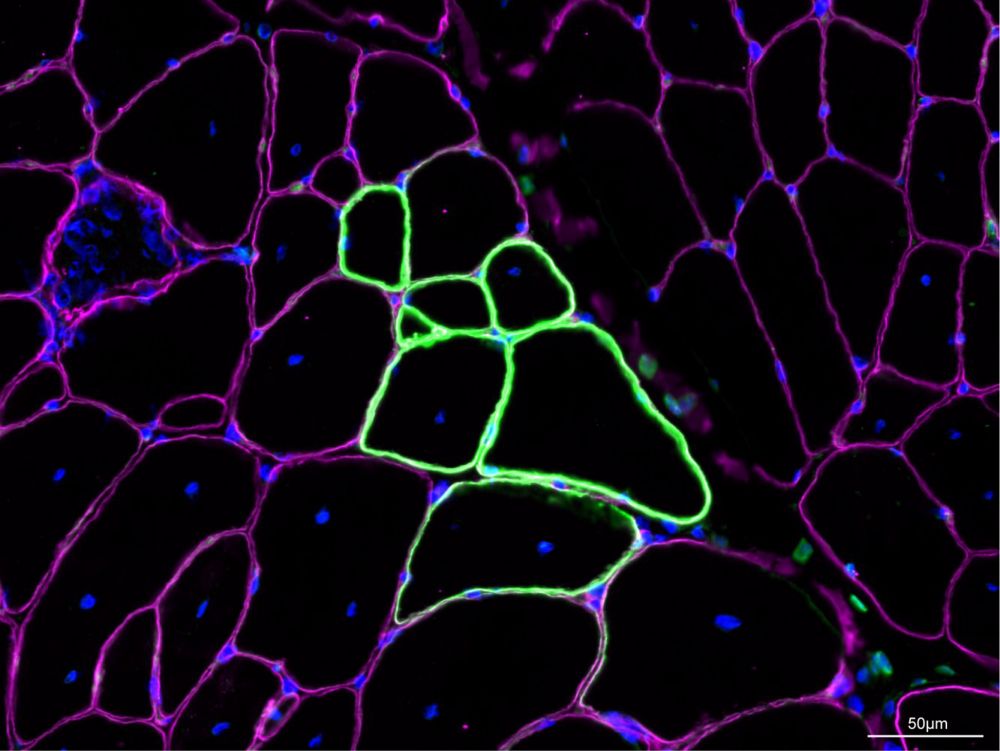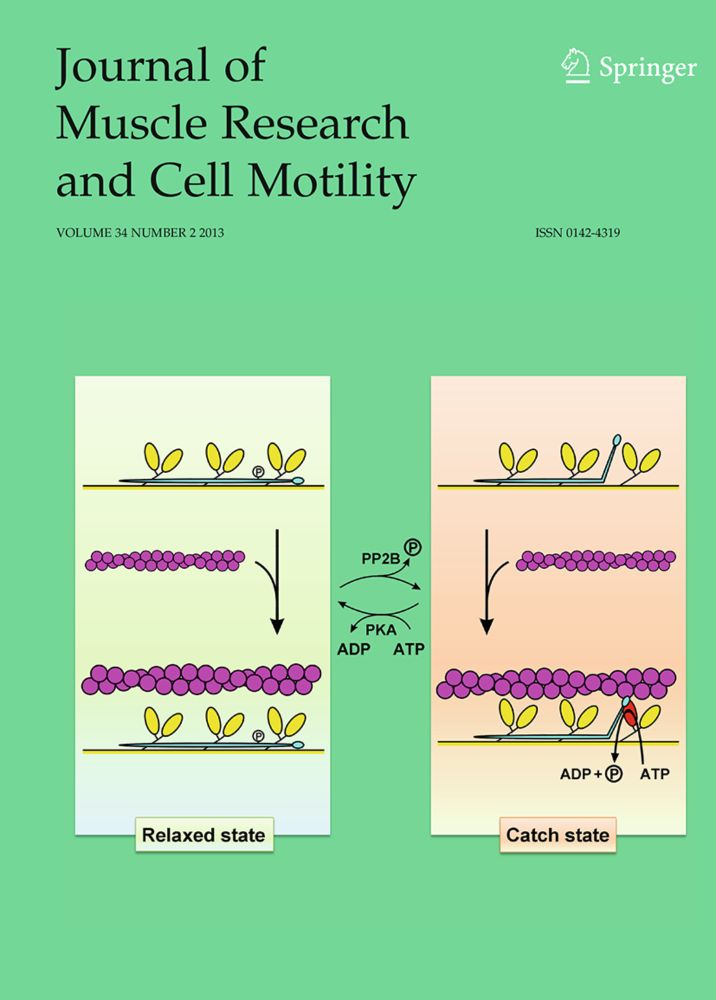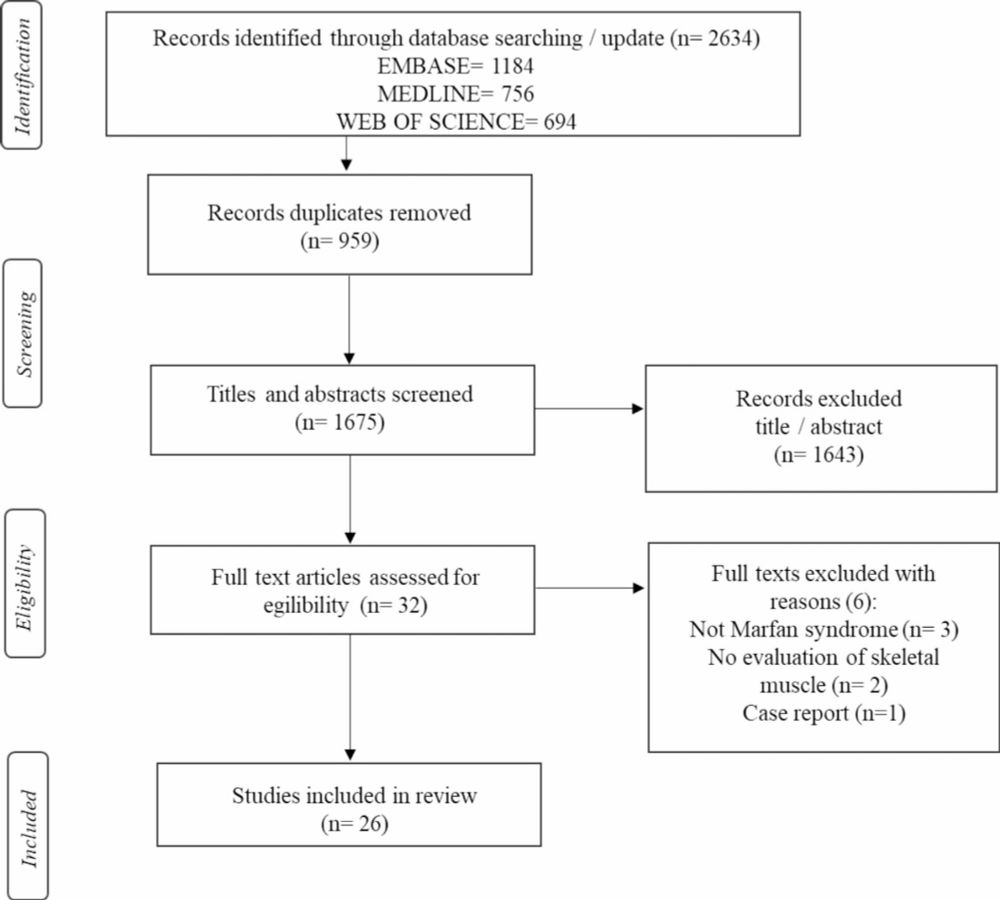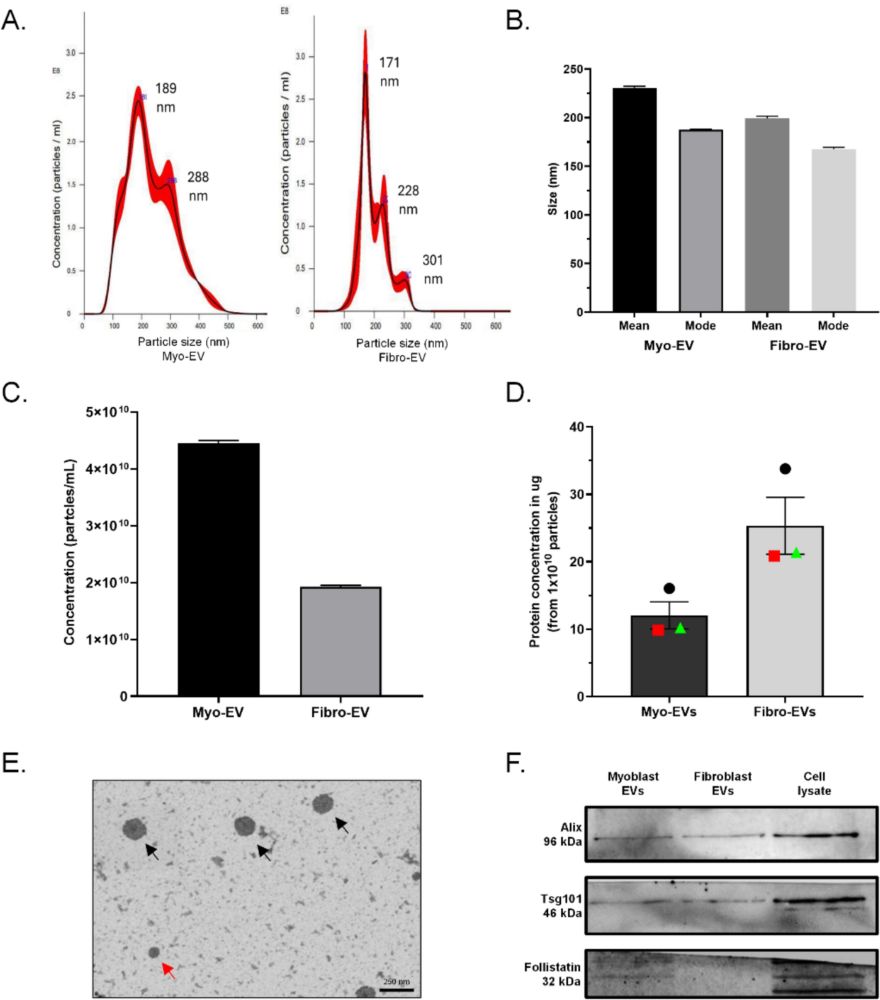
New original research #paper alert 🚨 by Sian et al.: Optimizing 2D in vitro #differentiation conditions for #C2C12 murine #myoblasts on gelatin #hydrogel
#myoblue
doi.org/10.1007/s109...
@jmrcm-springer.bsky.social
Official site for the Journal of Muscle Research and Cell Motility. JMRCM publishes original research on the excitation and contraction of muscle and the processes underlying contractility and motility of cells. https://link.springer.com/journal/10974

New original research #paper alert 🚨 by Sian et al.: Optimizing 2D in vitro #differentiation conditions for #C2C12 murine #myoblasts on gelatin #hydrogel
#myoblue
doi.org/10.1007/s109...

Michelle Peckham et al. demonstrate the role of MEGF10 in myoblast fusion, and how it affects satellite cell behaviour in muscle fibres responding to mechanical overload.
doi.org/10.1007/s109...
8/8

Frederic Relaix et al. consider the specific role of Pax3 in adult muscle stem cells, which is only found in a subset of muscle stem cell.
doi.org/10.1007/s109...
7/8

Terry Partridge considers why it is that in muscular dystrophy, a small number of skeletal muscle fibres begin to re-express dystrophin from nominally null mutations of the gene.
doi.org/10.1007/s109...
6/8

Steve Harridge et al. contributed a comprehensive review that considers the particular benefits and challenges of using human primary stem cells in culture.
doi.org/10.1007/s109...
5/8
Included in the collection:
Tom Roberts and his group contributed a review on the progress and prospects in antisense oligonucleotide-mediated exon skipping therapies for Duchenne muscular dystrophy
doi.org/10.1007/s109...
4/8
She identified progenitor cell types that contribute to skeletal muscle regeneration and manipulating these cell populations to enhance muscle repair in skeletal muscle regenerative medicine and muscular dystrophy treatment.
3/8
Her research has focused on the biology of skeletal muscle and its capacity to regenerate, using in vitro models of stem cell activation, proliferation and differentiation and in vivo transplantation models.
2/8

New #collection of articles for Professor Jennifer Morgan's retirement from the Institute of Child Health in London.
Prof. Morgan was an MDEX consortium member, involved in Antisense Oligonucleotide clinical trials of DMD patients.
#myoblue #online-first
doi.org/10.1007/s109...
1/8

New #original #research #paper by Dae Hoon Kim and colleagues: Regulation of Autonomic Motility in Human Gastric Muscle and the Gastroepiploic Artery by Stretch and pH
#myoblue #onlinefirst #gastric-muscle #smooth-muscle #stretch
doi.org/10.1007/s109...

New original research #manuscript by Wenlun Wang and co-authors: LncRNA Xist acts as a miR-486-5p sponge to modulate myoblast proliferation by recruiting Stk4
#myoblue #onlinefirst #miR-486 #Stk4 #myoblast #proliferation #LncRNA #Xist
doi.org/10.1007/s109...

New #review article by Monica Ridlon and co-authors:
Smooth muscle of the lower urinary tract- BK-RyR coupling in physiology and pathophysiology
#smooth-muscle #RyR #pathophysiology
doi.org/10.1007/s109...
This article forms part of the Smooth Muscle Cell Function in Health and Disease Collection

New #review article by Santos et al.: Skeletal muscle alterations in Marfan syndrome: a systematic review
#onlinefirst #myoblue #marfan #syndrome #skeletal-muscle
doi.org/10.1007/s109...
This article forms part of of our European Muscle Conference series. Find more articles in our collection:
link.springer.com/collections/...

New original #manuscript by Kyle Hagemann & co-authors:
Myoblast and fibroblast derived small extracellular vesicles differentially affect myoblast migration dynamics
#myoblue #onlinefirst
#EVs #myoblast #cell-migration
doi.org/10.1007/s109...
This article forms part of our special collection on smooth muscle cell function in health & disease.
link.springer.com/collections/...

Original #manuscript by Alisah Hussain & co-authors: Smooth muscle cells from skin perforator vessels as a new tool for vascular research
#onlinefirst #smooth-muscle #vascular #research #myoblue
doi.org/10.1007/s109...

New #review article by Frederic Relaix & co-authors: Regulation and function of Pax3 in muscle stem cell heterogeneity and stress response
#onlinefirst #muscle-stem-cells #Pax3 #myoblue
doi.org/10.1007/s109...

Original article by Hyo-Seong, YeoJeong-Hun & BaeJae-Young Lim: Residual force enhancement following hindlimb unloading and exercise prehabilitation
#onlinefirst #exercise #unloading
doi.org/10.1007/s109...
We have a few days left to #submit to our special collection on
Sarcomere mechanisms in health and disease
Submission deadline: August 1, 2025
link.springer.com/collections/...

Update on our #journal #metrics
The Journal of Muscle Research and Cell Motility #JMRCM achieved >150k downloads in 2024
Submission to first decision (median): 2 days
5-year journal impact factor: 2.6
We invite #myoblue #scientists to publish with us
submission.nature.com/new-submissi....

Original manuscript by Mari Matsumoto, Taku Hamada & Daiki Watanabe
Influence of neuromuscular transmission and Na+ channel inhibitors on strength-duration relationship in isolated slow- and fast-twitch muscles
doi.org/10.1007/s109...
#onlinefirst #myoblue #neuromuscular #transmission
Special Collection Editors:
Ken Campbell, Thomas Kampourakis & Cheavar Blair
University of Kentucky, USA
(3/3)
The editors encourage submissions that address molecular & cellular level contractility in skeletal/cardiac #muscle. Papers that address basic #mechanisms will be valued as highly as those targeting #translational opportunities.
We strive to obtain reviews that are timely & fair from experts.
(2/3)
Key events in this evolution include the identification of #sarcomeric variants as an important cause of #hypertrophic #cardiomyopathy and the continuing development of therapeutic #myotropes.
About the special collection (1/3)
This collection focuses on molecular to cell-level #mechanisms that drive #contractility in striated muscle. This area of research is transforming from science inspired primarily by curiosity into an active frontier where new results can have clinical impact.
We have a few days left to #submit to our special collection on
Sarcomere mechanisms in health and disease
Submission deadline: August 1, 2025
link.springer.com/collections/...

3/3
The collection is initiated and editorially managed by Prof. Derek Warren.
research-portal.uea.ac.uk/en/persons/d...
2/3
However, despite this reinvigorated research interest our understanding of key components of SMcell biology remains poorly understood. This topical collection on SMcells, ranges from fundamental research to clinical studies and will encompass review and research-based articles.
About the topical collection 1/3
#Smooth #muscle performs vital functions in a range of organs including lungs & blood vessels. The current research focus on the #mechanosensitive nature of SMcells & advances in technologies, including scRNAseq, has resulted in a renewed interest in SMcell biology.